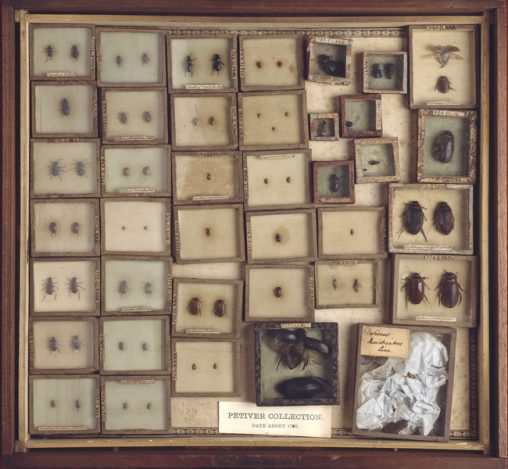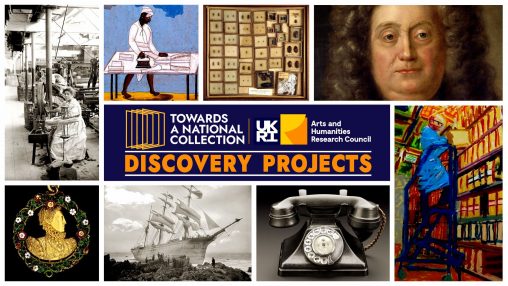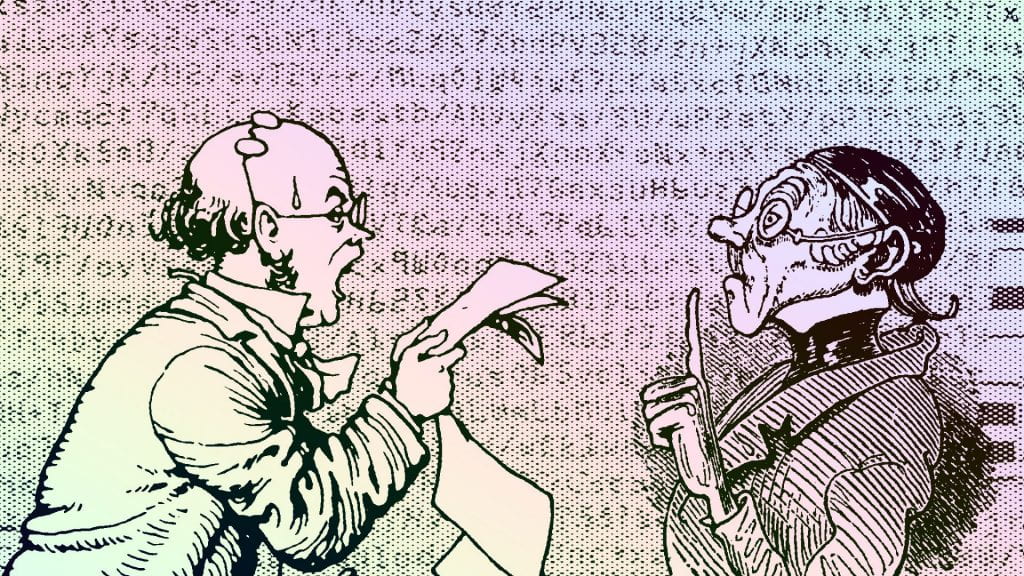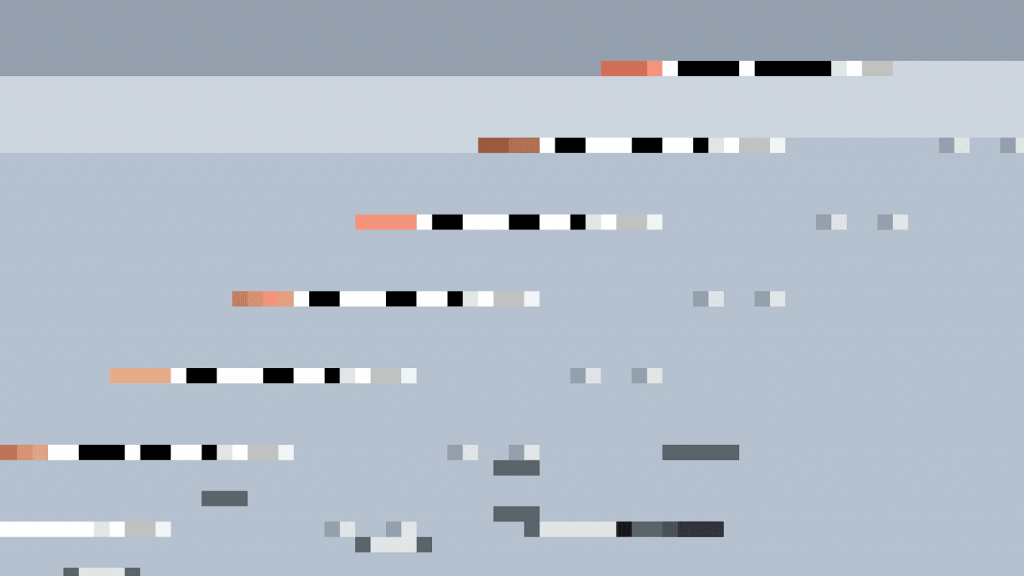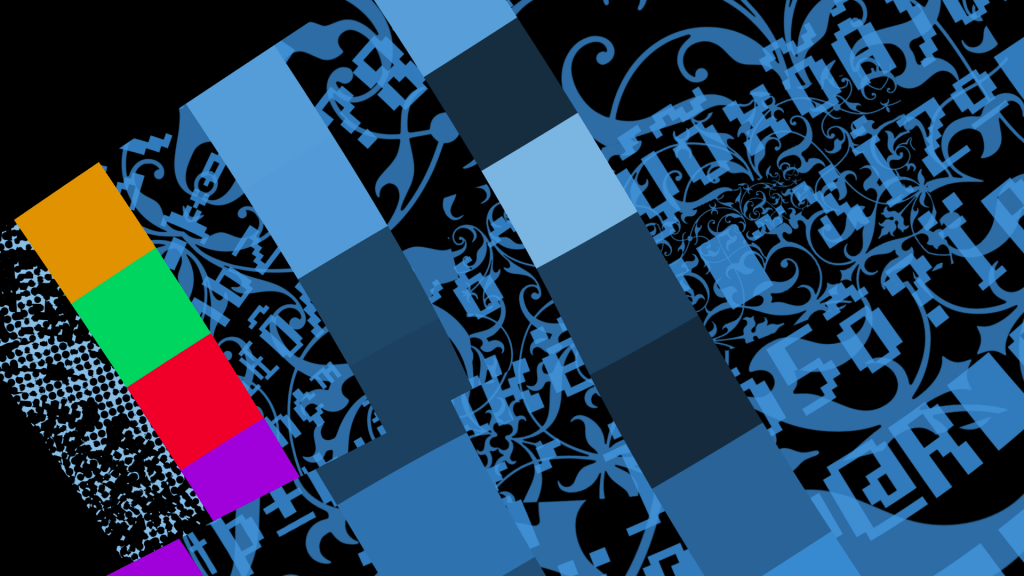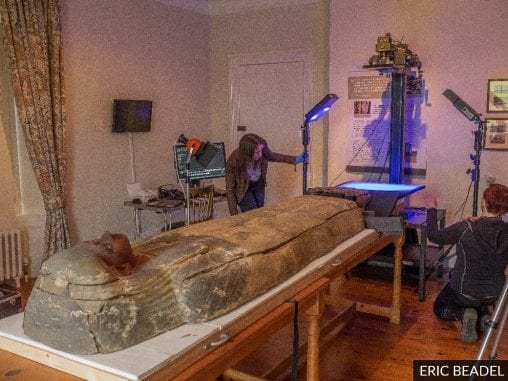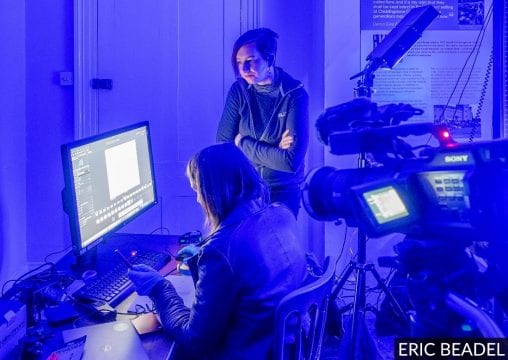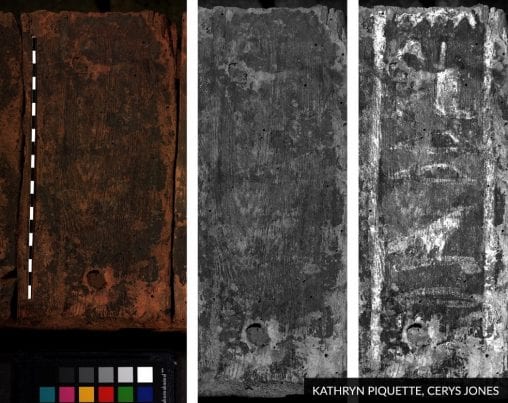UCLDH co-authored article nominated for Digital Humanities award
By Lucy Stagg, on 14 March 2022
An article co-authored by UCLDH team member, Prof Julianne Nyhan and co-author, Dr Alexandra Ortolja-Baird, has been nominated for a Digital Humanities award.
As explained on the Digital Humanities Awards website:
Digital Humanities Awards are a set of annual awards where the public is able to nominate resources for the recognition of talent and expertise in the digital humanities community. The resources are nominated and voted for entirely by the public. The weeding out by the nominations committee is solely based on the criteria of “Is it DH?”, “Can voters see it?”, “Is it in the right category?”, and “Was it launched/published/majorly updated in that year?”. These awards are intended as an awareness raising activity, to help put interesting DH resources in the spotlight and engage DH users (and general public) in the work of the community. Awards are not specific to geography, language, conference, organization or field of humanities that they benefit. Any suitable resource in any language or writing system may be nominated in any category. DH Awards actively encourages representation from more minority languages, cultures, and areas of DH. All nominated resources are worth investigating to see the range of DH work out there.
There is no financial prize associated with these community awards. The nominations procedure is overseen by an international nominations committee who will decide on final candidates for each category based on whether they meet the above criteria.
The nominated article is available via open access: Encoding the haunting of an object catalogue: on the potential of digital technologies to perpetuate or subvert the silence and bias of the early-modern archive Alexandra Ortolja-Baird, Julianne Nyhan, Digital Scholarship in the Humanities, fqab065, https://doi.org/10.1093/llc/fqab065 (October 2021)
The abstract for the paper summarises:
The subjectivities that shape data collection and management have received extensive criticism, especially with regards to the digitization projects and digital archives of galleries, libraries, archives and museums (GLAM institutions). The role of digital methods for recovering data absences is increasingly receiving attention too. Conceptualizing the absence of non-hegemonic individuals from the catalogues of Sir Hans Sloane as an instance of textual haunting, this article will ask: to what extent do data-driven approaches further entrench archival absences and silences? Can digital approaches be used to highlight or recover absent data? This article will give a decisive overview of relevant literature and projects so as to examine how digital tools are being realigned to recover, or more modestly acknowledge, the vast, undocumented network of individuals who have been omitted from canonical histories. Drawing on the example of Sloane, this article will reiterate the importance of a more rigorous ethics of digital practice, and propose recommendations for the management and representation of historical data, so cultural heritage institutions and digital humanists may better inform users of the absences and subjectivities that shape digital datasets and archives. This article is built on a comprehensive survey of digital humanities’ current algorithmic approaches to absence and bias. It also presents reflections on how we, the authors, grappled with unforeseen questions of absence and bias during a Leverhulme-funded collaboration between the British Museum and University College London (UCL), entitled ‘Enlightenment Architectures: Sir Hans Sloane’s Catalogues of his collections’.
 Close
Close


